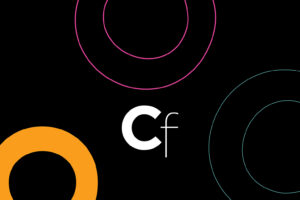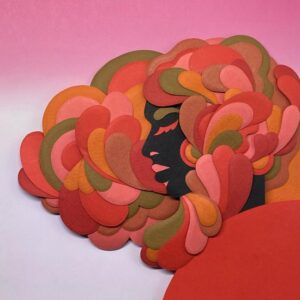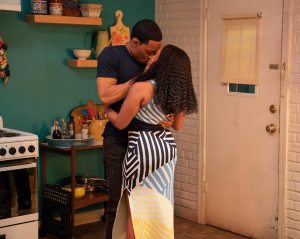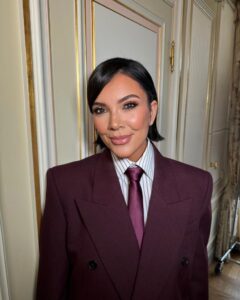The Hunter MFA Show Is One of the Best Shows of the Year
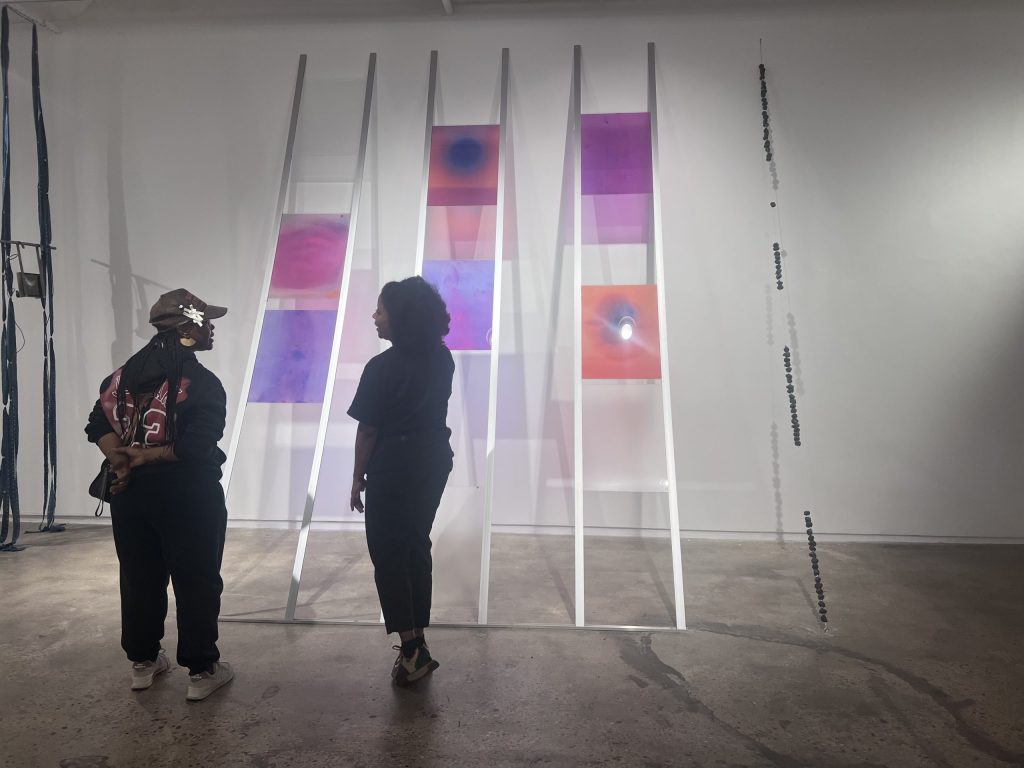

There’s a tendency when it comes to MFA shows to apply a different set of standards — it’s good “for student work”; it’s a showcase for burgeoning talent that’ll be fit for the galleries with a touch of tailoring, a bit of scaling back. So let me just say this up front: The work at the Hunter College MFA Show is excellent. Across five different group shows running for approximately 10 days each at the college’s gallery in Tribeca, these artists hold their own.
Each iteration has a particular DNA. The first, titled Look Both Ways, is something of a funhouse: trick mirrors, hallucinatory colors. Meredith Bakke’s oil-on-canvas “Doom Addict” (2024) depicts a cartoonish figure whose eyes swoop toward a computer screen in the arms of a grinning ghost, and Emily Wichtrich’s carnivalesque installation of a circus tent and its colorful characters betrays her experience as a studio assistant at Madame Tussaud’s, if the artist’s LinkedIn can be believed.
But a few connective themes run through all five shows. One rich vein is that of technology and its afterlives, with attendant themes of waste, surveillance, and wealth disparity. Take, for instance, Rosalie G. Smith’s assemblage, cobbled together from the detritus we’ve inherited after the ultra-elite jets depart for some far-flung planet. I read Aashish Gadani’s sculptures in a similar vein — I loved “Top 10 Places to Escape EMF Radiation: 5G & EMF-Free Zones Around the World” (2025) in particular, in which printed latex is twined through a wood armature, with WiFi antennas poking through like the legs of a spider. Craig Jun Li’s sculptures and assemblages are romantic and eerie — his encased wilted flower, gifted from an ex-boyfriend in 2022, opens the third iteration of the show like an enchanted rose that has run out the clock. And E Rady’s blue and red textiles, printed with a conversation between computer and user about Zionism, are suitably Kafkesque in their bureaucratic coldness.

The eco-critque of Vanessa Sandoval was a highlight. Wonky ceramic globes in spheres, pyramids, and cubes are playfully strewn across a table, alongside video works in which flags bearing slogans such as “This is how the world ends” (viewers might fill in the rest of the line with T.S. Eliot: “not with a bang, but with a whimper”) unfurl lazily with the wind. I also loved Jani Zubkovs’s series of truck stop photographs, in which slogans such as “PRAY FOR OUR WORLD” — evoking both religion and apocalypse — can be seen beneath high gas prices.
Painting is in the minority across these shows, but where it’s present, it’s strong. Highlights include Mariel Rolwing Montes’s mixed-media canvases, which have the fragmented, apparitional quality of memory, and Bayan Kiwan’s massive pastel depiction of friends, bodies spilled limply over each other as in the canvases of Salman Toor. I was also drawn to Anthony Torrano’s gorgeous abraded abstractions, some of which bear the material imprints of the outside world — a mooncake, a stamp with the phrase “SF Public Toilet.” Meanwhile, Anastasya Peña’s canvases have the Helen Frankenthaler-like quality of pigment bleeding into water, cut by sharp, intentional edges. And Xingyun Wang’s roiling multi-media works carry a kind of encaustic weight — they contain materials like sand and pumice — that both demands and rewards close looking.
Many of these works act as glimpses into otherworldly environs, as in Magdalen Pickering’s haunted, quasi-digital pastel vistas or A. T. Gregor’s canvases, which reminded me of the subterranean half-light of subway tunnels. And Justin Muegge’s mixed-media canvases offer dreamy collaged perspectives of gardens and halfway interior spaces.


Elsewhere, the individual objects seem to have flown in from other worlds. Mark Ferraro’s sculptures suggest fused furniture, while Nava Derakhshani and Sadaf Azadehfar both contribute fountains; the former presents an installation that includes swollen eyes strung from the ceiling. Azadehfar, meanwhile, worldbuilds around a set of motifs, including snakes, which can be seen carved into wooden panels on the wall and whose ceramic mouths emit water in “Whose World Is This?” (2023). And Vaishu Ilankamban’s sculptures reveal her experience as an engineer and woodworker, combining ceramics and concrete slabs bearing imprints of other objects — I look keenly forward to the opportunity to experience a complete environment in a solo show.
The barebones material of plywood appears across the works of multiple artists, although they are no less polished for it. Shannon Pritchard’s sculpture is reminiscent of a gutted or unfinished house, offering voyeuristic peepholes. Jacob Muilenburg’s haunted, accreted canvases, which name unseen referents in their titles (“Blue Couch,” “corner of closet”), are sometimes set against plywood armatures. And conceptual sculptor martin miller strung wires and surveillance cameras through various rooms and an impregnable lifted plywood box.
At the Hunter MFA show, art is perched on the railings, strung through the rafters, leaning languidly against the walls, encountered around corners, glimpsed through portholes, entered into as physical environments. I can’t wait until they enter the greater world, as they deserve to do. These are artists to watch.






















WORLD ANIMAL, the fifth iteration of the Hunter College MFA Thesis Show, continues at The 205 Hudson Gallery (205 Hudson, Tribecca, Manhattan), through May 28. The previous four iterations ran from March 6–May 11. The exhibition was oranized by the gallery.
